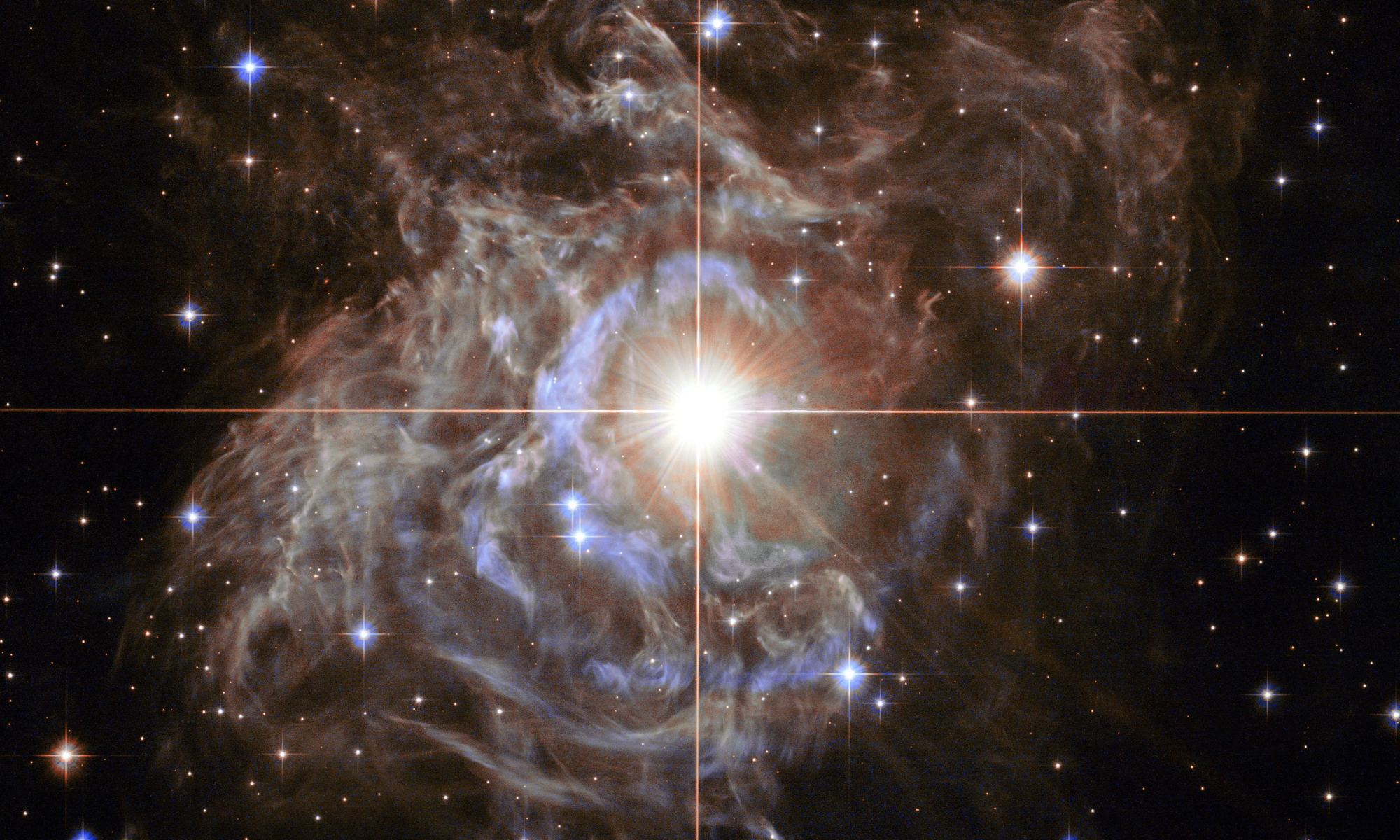One of the most fundamental questions astronomers ask about an object is “What’s its distance?” For very faraway objects, they use classical Cepheid variable stars as “distance rulers”. Astronomers call these pulsating stars “standard candles”. Now there’s a whole team of them precisely clocking their speeds along our line of sight.
Continue reading “Cepheid Variables are the Bedrock of the Cosmic Distance Ladder. Astronomers are Trying to Understand them Better”Cepheid Variables are the Bedrock of the Cosmic Distance Ladder. Astronomers are Trying to Understand them Better










